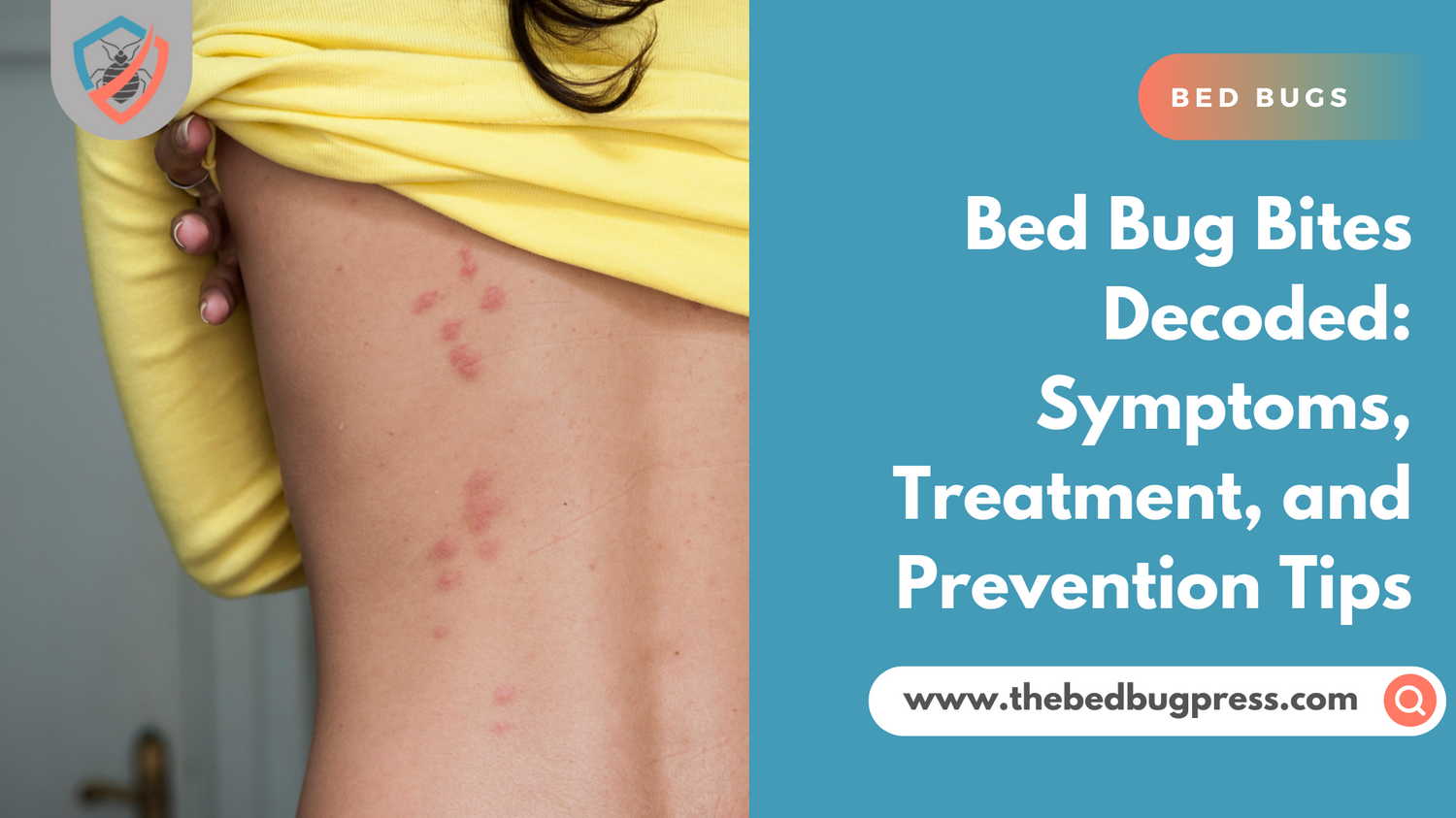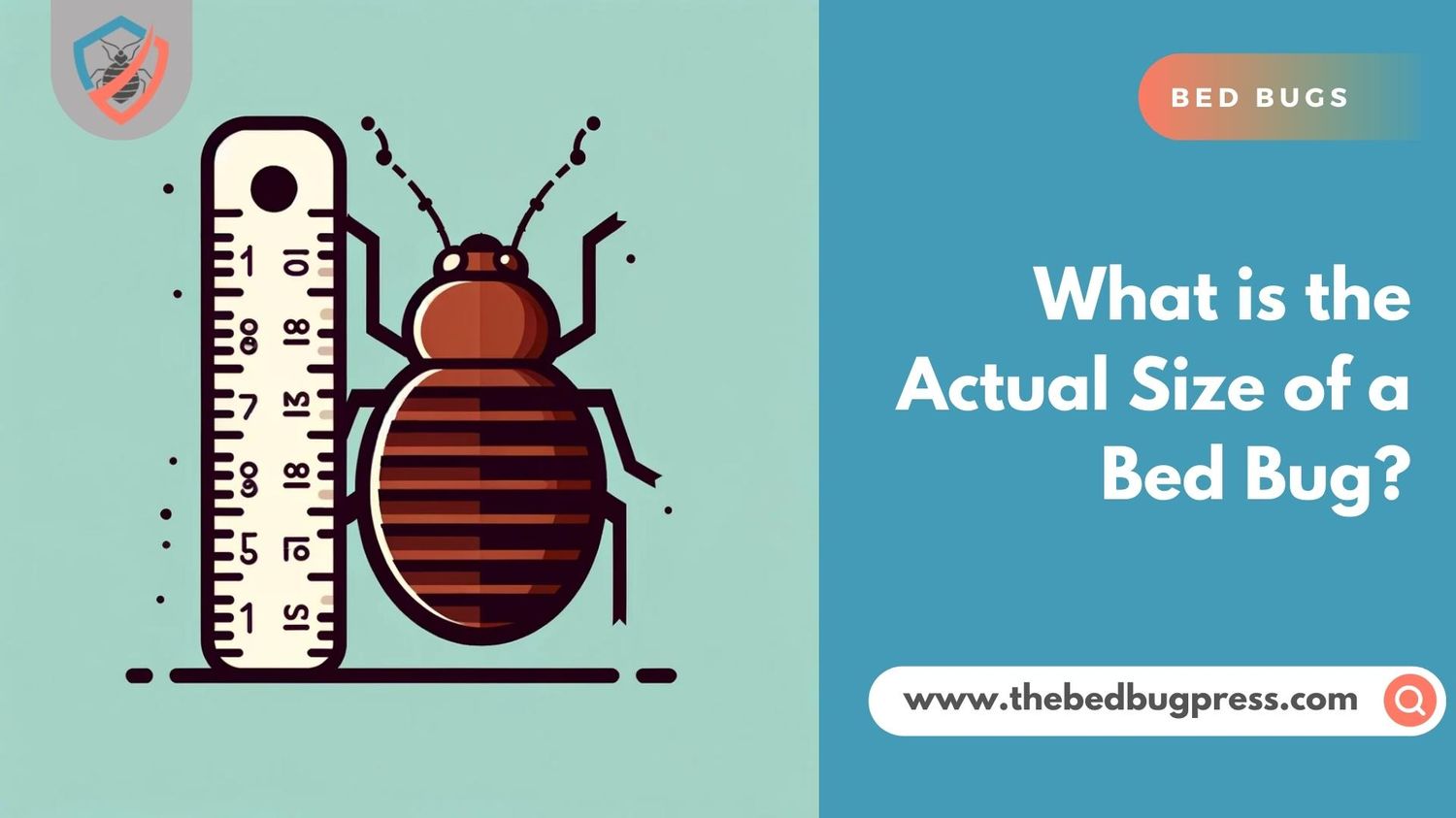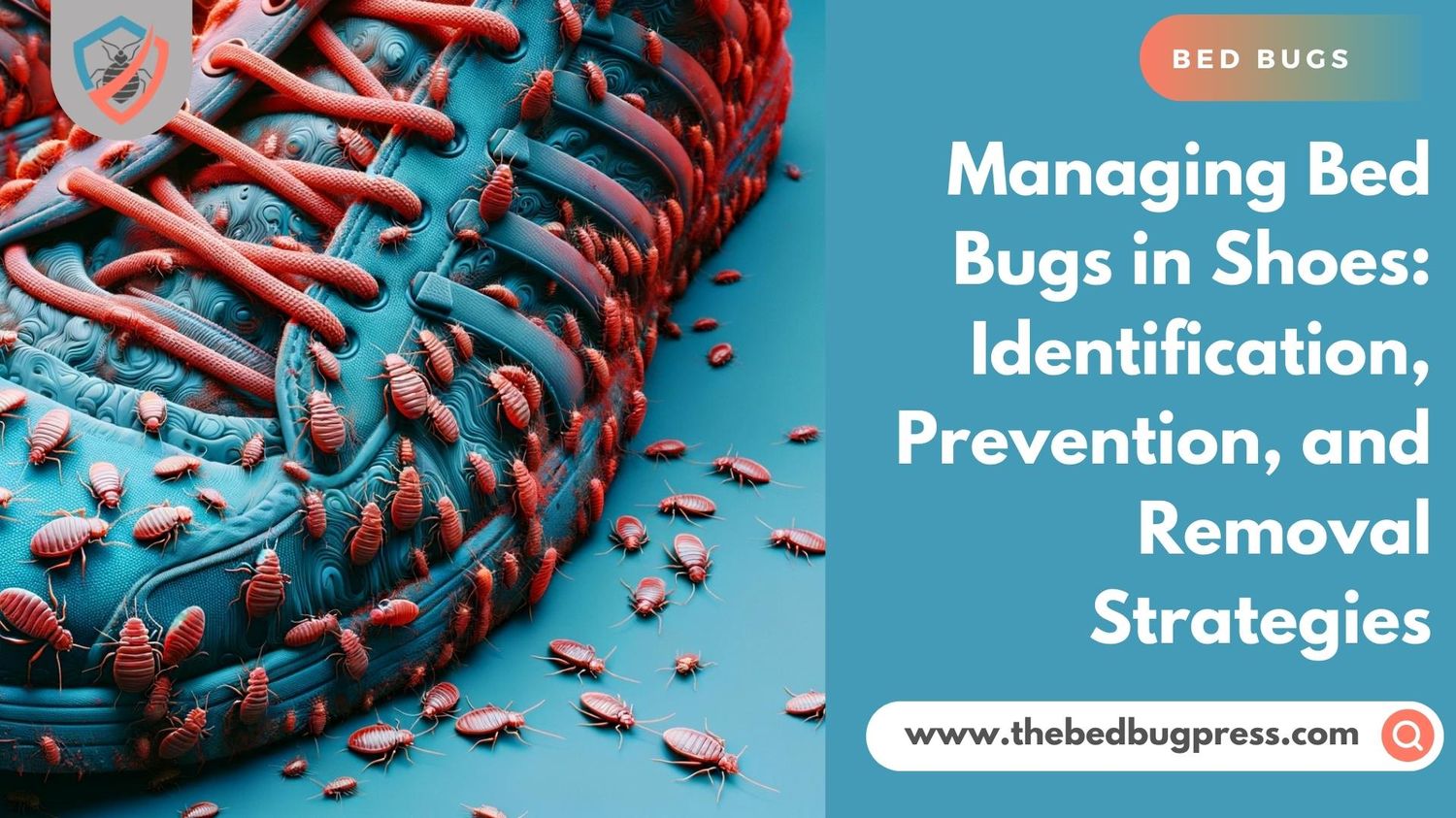Bed bugs have gained a notorious reputation due to their swift reproduction and knack for infesting homes and establishments. Grasping their reproductive potential is vital for formulating effective strategies to manage their population. A crucial aspect of understanding their breeding behavior revolves around the number of eggs they can lay within a mere day.
This article delves into the captivating realm of bed bug reproduction, examining the factors that influence their egg-laying habits and shedding light on their astounding daily egg production.
Join us as we unveil the secrets behind the remarkable egg-laying abilities of bed bugs, unraveling the depths of their reproductive capabilities.

Bed Bug Egg Production: Quantity and Numbers
Female bed bugs possess a remarkable capability to lay multiple eggs within a brief timeframe. On average, mature female bed bugs lay eggs anywhere from one to seven eggs per day. However, when conditions are optimal, they have been observed to lay as many as 12 or more eggs in a single day.
The number of eggs a female bed bug can lay is influenced by various factors. The availability of a blood meal is crucial for their reproductive activity. After feeding on a blood source, the female bed bug seeks out suitable hiding spots to deposit her eggs. She prefers concealed crevices and cracks near potential hosts, such as mattress seams, furniture joints, or behind baseboards.
Bed bug eggs, laid by adult females, are minuscule, measuring approximately 1mm in length, and are often clustered together. Throughout her lifetime, which typically spans around 6 to 12 months, a female bed bug can lay up to 500 eggs. This implies that a single female bed bug, given favorable conditions, can rapidly lead to a significant infestation.
It’s crucial to note that bed bug eggs are resistant to many common insecticides, rendering them challenging to eliminate. Additionally, the eggs have a sticky substance that enables them to adhere firmly to surfaces, making their removal through regular cleaning methods quite difficult.
How Many Eggs Can Bed Bugs Lay a Day: Hatching Frequency of Bed Bug Eggs
The frequency of eggs of bed bugs hatching plays a significant role in the lifecycle and spread of infestations. Understanding this aspect of the bed bug life cycle and its reproductive cycle is crucial in implementing effective control measures.
Bed bug eggs typically hatch within a week to two weeks after being laid. However, several factors can influence the hatching time of bed bugs, including temperature, humidity, and other environmental conditions.
Optimal conditions for egg hatching occur at temperatures around 70 to 90 degrees Fahrenheit (21 to 32 degrees Celsius) and humidity levels between 70% and 90%. Under these favorable conditions, bed bug eggs tend to hatch sooner, usually within a week.
In less ideal conditions or colder temperatures, the hatching process may take longer. It is not uncommon for the eggs to hatch and to remain dormant for up to a month or more if the environmental conditions are not suitable.
Bed bug eggs are resilient and can survive for extended periods without hatching, enabling them to withstand periods of starvation and resist certain insecticides. This resilience contributes to the challenges of eradicating bed bug infestations.

Controlling the Spread of Bed Bugs: Your Options
To effectively combat bed bug infestations and prevent bed bugs from spreading, it’s crucial to understand the various options available for control.
Below is a range of methods and strategies that can help you take control and minimize the impact of bed bugs in your home or business. Let’s dive into the options for controlling the spread of bed bugs.
Inspection and Detection:
Conduct a thorough inspection of your living or working space, focusing on areas where bed bugs are likely to hide, such as mattresses, furniture, and cracks.
Use a flashlight and magnifying glass to search for live bugs, shed skins, fecal stains, and tiny white eggs.
Utilize monitoring devices like bed bug interceptors or traps to aid in detection.
Professional Pest Control:
Engage the services of a professional pest control company experienced in dealing with bed bug infestations.
Professionals employ a variety of techniques such as heat treatments, insecticide applications, and steam treatments to eliminate bed bugs at all life stages.
Their expertise and knowledge can ensure thorough eradication and minimize the risk of re-infestation.
DIY Treatments:
For minor infestations, consider using do-it-yourself (DIY) treatments.
Options include bed bug sprays, powders, and mattress encasements that can help in reducing the bed bug population.
Follow product instructions carefully and remember that DIY treatments may not be as effective for severe infestations.
Laundering and Vacuuming:
Launder all infested clothing, bedding, and linens in hot water and high-heat dryer cycles.
Regularly vacuum your living or working space, paying close attention to cracks, crevices, and upholstery where bed bugs may hide.
Dispose of the vacuum bag or empty the canister in a sealed bag to prevent re-infestation.
Controlling the spread of bed bugs requires a comprehensive approach that combines thorough inspection, effective treatment methods, and ongoing prevention measures. Whether you opt for professional assistance or choose to tackle the issue yourself, early intervention and persistence are key.
By implementing these control options, you can safeguard your environment and minimize the impact of bed bugs on your daily life. Remember, addressing the spread of bed bugs promptly not only protects your property but also helps prevent their migration to other areas, ensuring a peaceful and bed bug-infestation-free environment.

Preferred Egg-Laying Spots for Bed Bugs
Understanding the preferred egg-laying spots of bed bugs is crucial in effectively targeting these areas and disrupting their breeding cycle.
Below are specific locations where bed bugs lay eggs, providing valuable insights to aid in detection and control efforts.
Mattresses and Box Springs:
Bed bugs often choose the seams, folds, and tufts of mattresses and box springs as their primary egg-laying spots.
Check along the piping, corners, and underneath the mattress label for clusters of tiny white eggs.
Furniture and Upholstery:
Bed bugs frequently infest furniture such as couches, chairs, and upholstered headboards.
Inspect the seams, cushions, and crevices of furniture where bed bugs may hide their eggs.
Cracks and Crevices:
Bed bugs have a penchant for narrow cracks and crevices, which provide them with ideal hiding spots.
Look for eggs in gaps along baseboards, electrical outlets, picture frames, and furniture joints.
Luggage and Personal Belongings:
Bed bugs can hitch a ride on luggage and personal belongings, leading to infestations in new areas.
Check the seams, pockets, and folds of suitcases, backpacks, and purses for signs of bed bug eggs.
Behind Wallpaper and Wall Hangings:
Bed bugs lay eggs behind peeling wallpaper or wall hangings, especially in infested rooms.
Inspect these areas carefully for clusters of eggs and discard any affected materials.
Bedding and Linens:
Bed bugs may deposit eggs on bedding, sheets, pillowcases, and blankets.
Examine these items, pay attention to seams and folds, and wash them in hot water to eliminate any eggs.
Being aware of the preferred egg-laying spots for bed bugs empowers you to conduct thorough inspections and target these areas during control efforts. Regularly check mattresses, furniture, cracks, and crevices for signs of where female bed bugs lay eggs.

Bed Bug Eggs on Clothes: How Common?
While bed bugs prefer hiding near their hosts, such as mattresses and furniture, it is relatively uncommon for them to lay eggs directly on clothes.
Bed bugs tend to prefer laying eggs in hidden cracks and crevices near their feeding areas. However, it’s important to note that bed bugs can still hitchhike on clothes and infest them if they are in close contact with infested areas.
Therefore, it is advisable to be cautious when handling infested items and take proper measures, such as washing and drying clothes on high heat, to eliminate any potential bed bug eggs or insects that may have come into contact with the garments.
Do Bed Bug Eggs React to Air? Will They Move When You Blow Them?
Bed bug eggs do not react to air, and they do not move when you blow on them. Bed bug eggs are firmly attached to surfaces using a sticky substance that helps them adhere in place. This adhesive property keeps the bed bugs eggs stationary, even when subjected to airflow or other external stimuli.
So, blowing on bed bug eggs will not cause them to move or detach from their location. It is important to note that bed bug eggs are quite resilient and can be challenging to remove, requiring thorough treatment to effectively eliminate them and prevent the hatching of nymphs.

Timeframe for Bed Bugs to Lay Eggs After a Blood Meal
After a blood meal, female bed bugs require some time to digest and process the blood before bed bugs lay eggs. Typically, it takes around 1 to 2 days for a female bed bug to lay eggs after feeding.
This timeframe allows the pregnant female bed bug to utilize the nutrients from the blood meal for the development and maturation of her eggs. It’s important to note that bed bugs require regular blood meals to reproduce, and the availability of a blood source directly influences their egg-laying capabilities.






